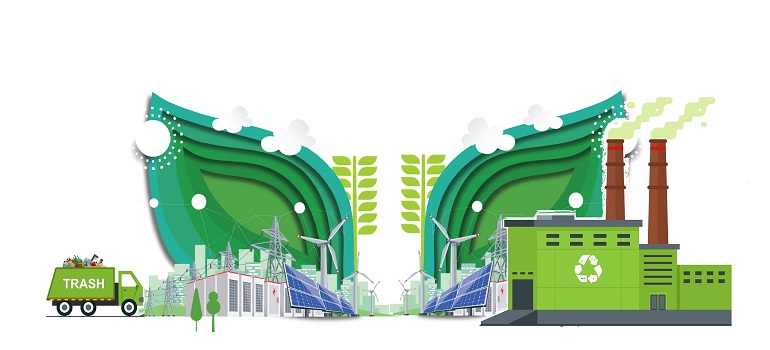As electric vehicles and solar power soar, electronic waste threatens to become a looming environmental menace.
The global push for electric vehicles (EVs) and renewable energy like solar power, while critical for environmental sustainability, carries a hidden threat – a surge in electronic waste (e-waste).
A recent report by the United Nations paints a grim picture. The world generates e-waste at an alarming rate, five times faster than documented recycling efforts. In 2022 alone, a staggering 62 million tonnes of e-waste were produced, enough to fill millions of trucks and circle the Earth.
Here’s why EVs and solar panels contribute to this problem:
- Batteries and Solar Panels: Both EVs and solar panels rely on critical materials like lithium, cobalt, and rare earth elements. These materials are mined and processed, often with significant environmental impact. When these products reach the end of their lifespan, improper disposal creates a new environmental burden.
- Rapid Innovation: Technological advancements are a double-edged sword. While they lead to more efficient EVs and solar panels, they also shorten product lifespans. Consumers are constantly upgrading to the latest models, discarding older electronics that still hold valuable resources.
The consequences of improper e-waste management are severe:
- Toxic Pollution: E-waste contains hazardous substances like mercury and lead that can leach into the environment, posing health risks to humans and wildlife.
- Resource Depletion: Instead of recovering valuable materials from used electronics, we’re losing billions of dollars worth of resources. E-waste recycling currently meets a mere 1% of rare earth element demand.
The report predicts a bleak future:
- Growing E-waste Mountain: E-waste generation is projected to reach 82 million tonnes by 2030, a 33% increase. Meanwhile, documented recycling rates are expected to decline.
However, there’s a glimmer of hope:
- Economic Opportunity: Proper e-waste management presents a significant economic opportunity. Recovering valuable materials from used electronics can generate billions of dollars.
- Healthier Planet: Efficient e-waste recycling reduces pollution and conserves resources, paving the way for a more sustainable future.
The solution lies in a multi-pronged approach:
- Extended Producer Responsibility: Manufacturers should be held accountable for the entire lifecycle of their products, including e-waste management.
- Improved Recycling Infrastructure: Investing in advanced recycling technologies is crucial to recover valuable materials from e-waste.
- Sustainable Design: Encouraging manufacturers to design electronics for easier repair and longer lifespans can significantly reduce e-waste generation.
The transition to a greener future shouldn’t come at the cost of environmental degradation. By addressing the e-waste challenge, we can ensure that our clean energy revolution remains truly sustainable.


